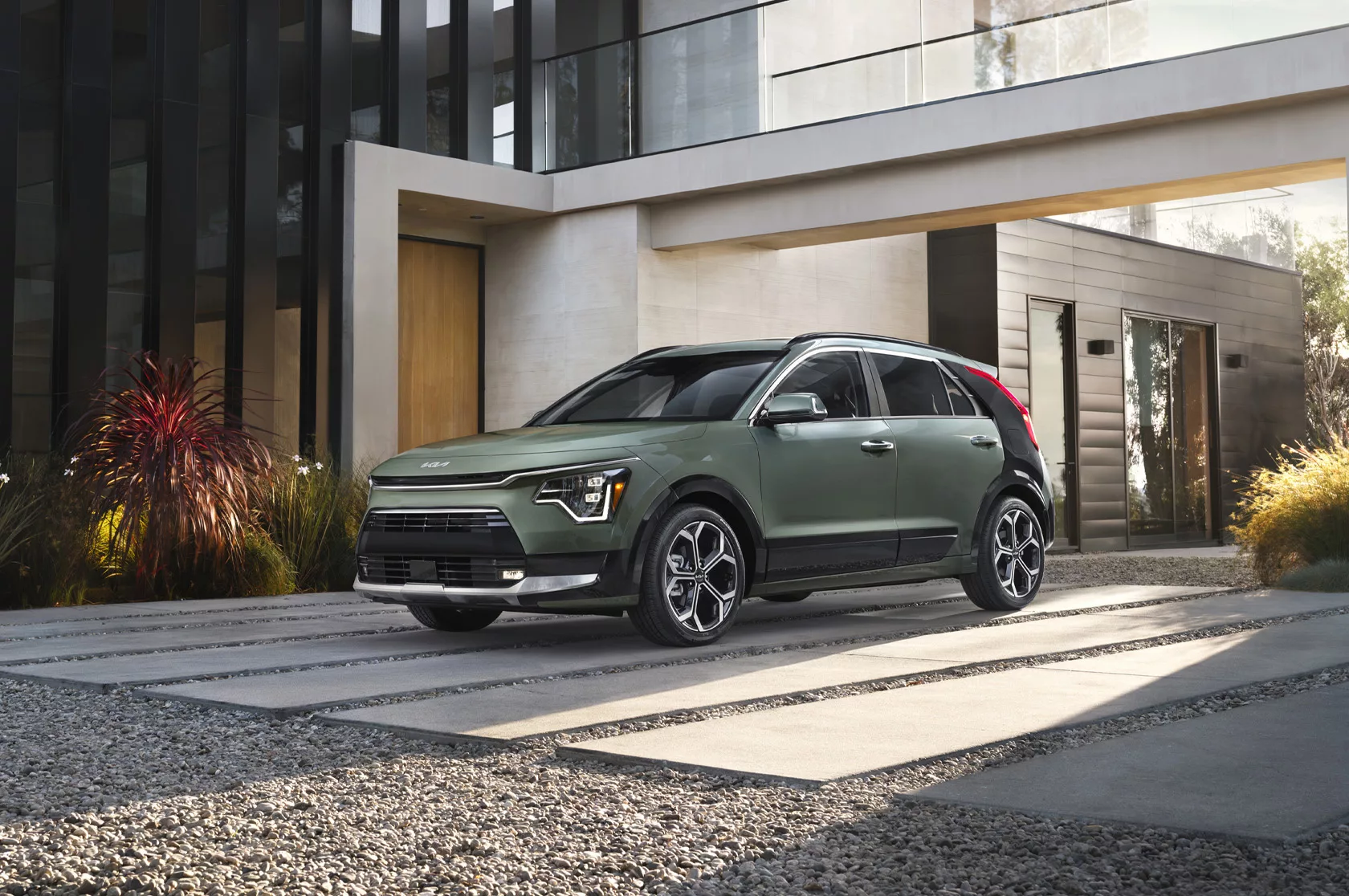As the first quarter comes to a close, vehicle sales data begins flowing in. Colombia, a prominent figure in the e-mobility arena, has demonstrated encouraging growth within the electric vehicle (EV) sector, a silver lining against the backdrop of an ongoing crisis plaguing the automotive industry for two years.
The State of EV and ICE Vehicle Sales
Strategic price cuts have punctuated the EV market, with discounts reaching up to 20%. This has seen popular models like the Chevy Bolt and Kia Niro dip to $42,000 and the JAC E10X to $22,300. However, internal combustion engine vehicles (ICEVs) have similarly seen declining prices due to market stagnation.
There is an anticipation that ICEV prices may rebound, whereas EVs are likely to sustain their downward price trajectory, especially with the anticipated entry of new models like the BYD Seagull and the Tesla Model 3—which could significantly disrupt the market if its pricing aligns with that seen in Chile.
Market Growth Despite Price Reductions
Remarkably, the EV sector managed a 23% growth, despite a 14% contraction in the wider auto market, suggesting a peak interest in EVs. EV market share increased from 2.4% in Q1 of 2023 to 3.4% in the same period of 2024, with predictions for continued ascendancy upon the introduction of new, competitive models.
EV Sales Overview: A Closer Look
The Colombian vehicle market is modest, but within it, EVs are making significant strides. The first quarter of 2024 saw nearly a 1,400 EV units sold, a promising increase that could soar once more budget-friendly and coveted models make their way to the market.
While the sales peak in mid-2022 can be attributed to a surge in electric buses in Bogota, the current trends indicate a diversifying and rapidly changing market, less dominated by Chinese brands compared to 2023, and welcoming established players like BMW and Volvo, as well as newcomers such as JMC.
Model-wise, the picture is nuanced. Though half the top ten models are from traditional automakers, many are actually manufactured in China. It underscores the undeniable presence and influence of Chinese manufacturing in Colombia’s evolving vehicle market.
Challenges and Future Trends
Despite a slight dip from the December 2023 market share peak, these numbers are on the rise again. However, this growth is juxtaposed against challenges like a stagnant charging infrastructure, which raises concerns about accessibility and practicality for potential EV owners.
Governmental policies and the transition to electric heavy vehicles may also shift the market dynamic, particularly if diesel subsidies are eliminated, as planned. Charging standards remain a contentious issue with CCS1, CCS2, GB/T, CHAdeMO, and the newcomer NACS vying for dominance. Multi-standard adapters are emerging as an interim solution while the infrastructure struggles to keep pace with EV adoption.
Overall, Colombia is at the cusp of moving past the early adoption phase to a more mainstream embrace of electric mobility, with pricing remaining a critical factor. The trajectory suggests that if EVs become competitively priced, they could rapidly supplant ICEVs.
Although optimistic about the future of e-mobility, industry and government indifference towards electrifying the motorcycle segment—a significant market in Colombia—casts some doubt. Yet, the hope remains, especially among EV enthusiasts, for a quieter, cleaner future.
